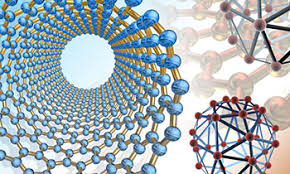Mechanical and Materials Engineering, Department of
Document Type
Article
Date of this Version
4-2021
Citation
Proc IEEE Inst Electr Electron Eng. 2021 April ; 109(4): . doi:10.1109/JPROC.2020.3034519
Abstract
Quality is a key determinant in deploying new processes, products, or services and influences the adoption of emerging manufacturing technologies. The advent of additive manufacturing (AM) as a manufacturing process has the potential to revolutionize a host of enterprise-related functions from production to the supply chain. The unprecedented level of design flexibility and expanded functionality offered by AM, coupled with greatly reduced lead times, can potentially pave the way for mass customization. However, widespread application of AM is currently hampered by technical challenges in process repeatability and quality management. The breakthrough effect of six sigma (6S) has been demonstrated in traditional manufacturing industries (e.g., semiconductor and automotive industries) in the context of quality planning, control, and improvement through the intensive use of data, statistics, and optimization. 6S entails a data-driven DMAIC methodology of five steps—define, measure, analyze, improve, and control. Notwithstanding the sustained successes of the 6S knowledge body in a variety of established industries ranging from manufacturing, healthcare, logistics, and beyond, there is a dearth of concentrated application of 6S quality management approaches in the context of AM. In this article, we propose to design, develop, and implement the new DMAIC methodology for the 6S quality management of AM. First, we define the specific quality challenges arising from AM layerwise fabrication and mass customization (even one-of-a-kind production). Second, we present a review of AM metrology and sensing techniques, from materials through design, process, and environment, to post-build inspection. Third, we contextualize a framework for realizing the full potential of data from AM systems and emphasize the need for analytical methods and tools. We propose and delineate the utility of new data-driven analytical methods, including deep learning, machine learning, and network science, to characterize and model the interrelationships between engineering design, machine setting, process variability, and final build quality. Fourth, we present the methodologies of ontology analytics, design of experiments (DOE), and simulation analysis for AM system improvements. In closing, new process control approaches are discussed to optimize the action plans, once an anomaly is detected, with specific consideration of lead time and energy consumption. We posit that this work will catalyze more in-depth investigations and multidisciplinary research efforts to accelerate the application of 6S quality management in AM.
Included in
Mechanics of Materials Commons, Nanoscience and Nanotechnology Commons, Other Engineering Science and Materials Commons, Other Mechanical Engineering Commons


